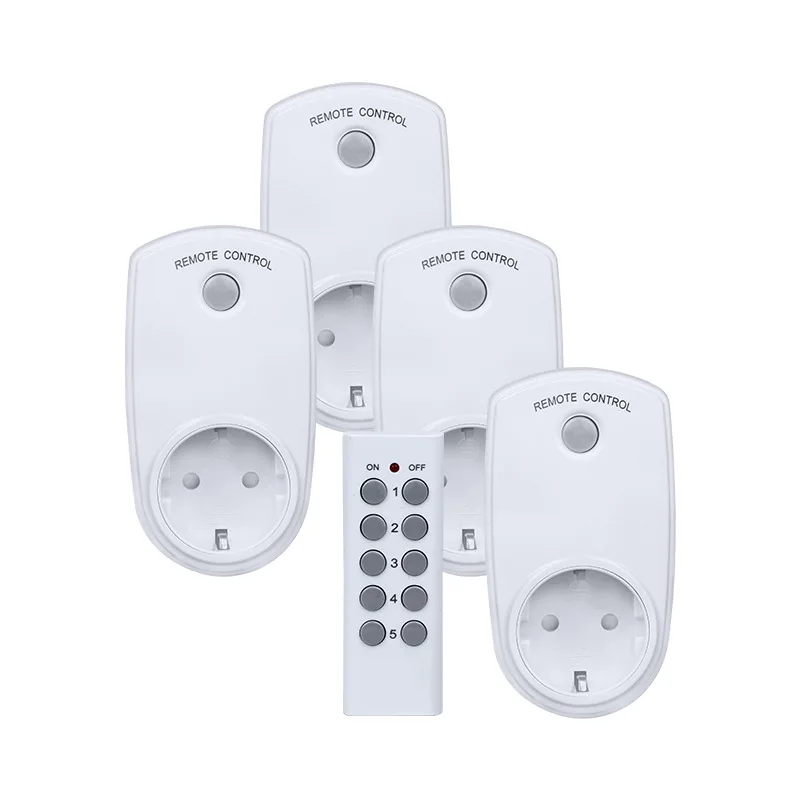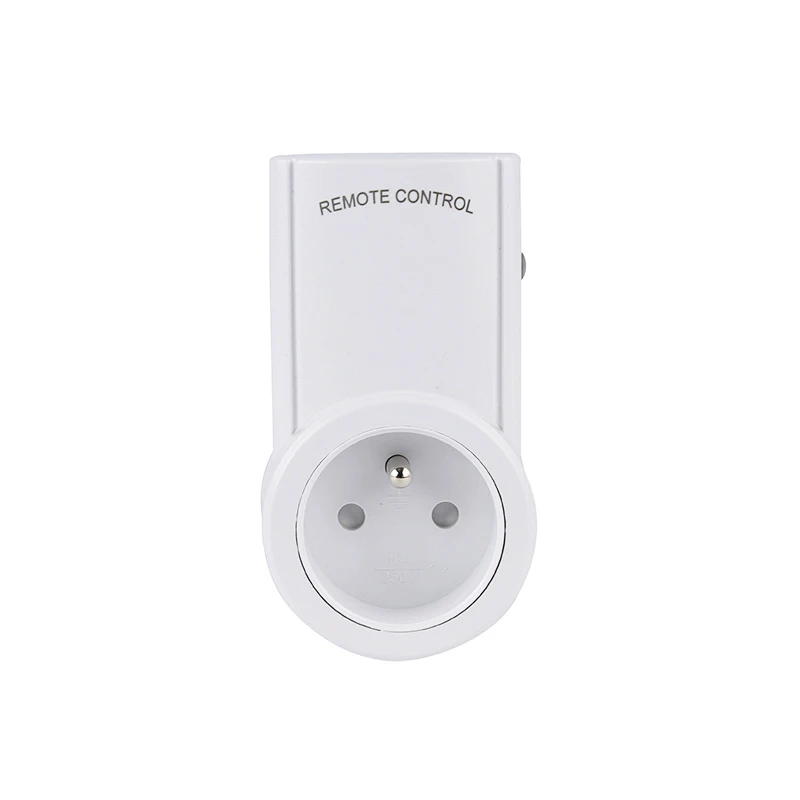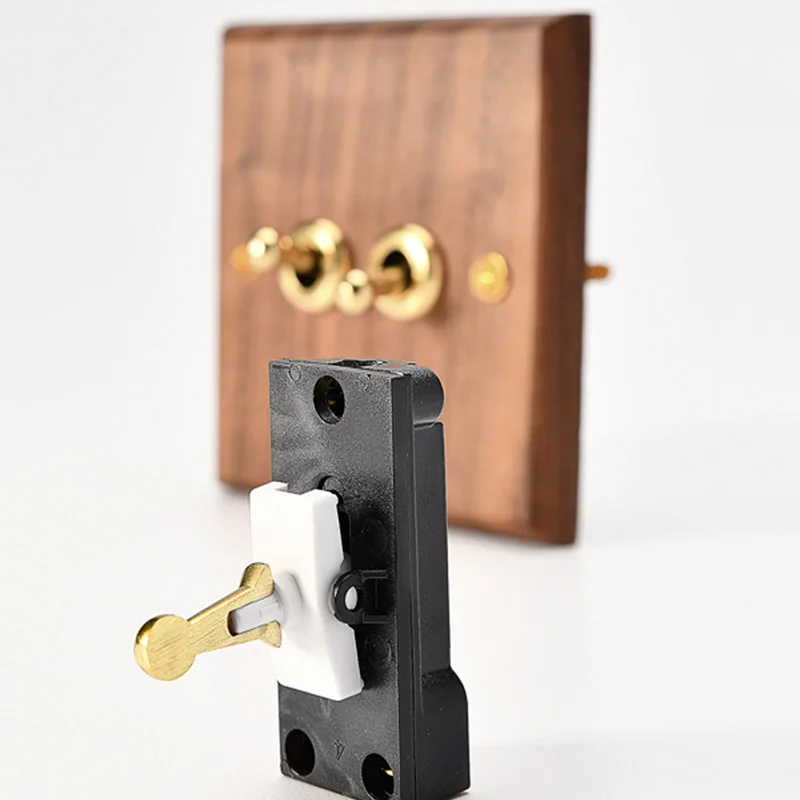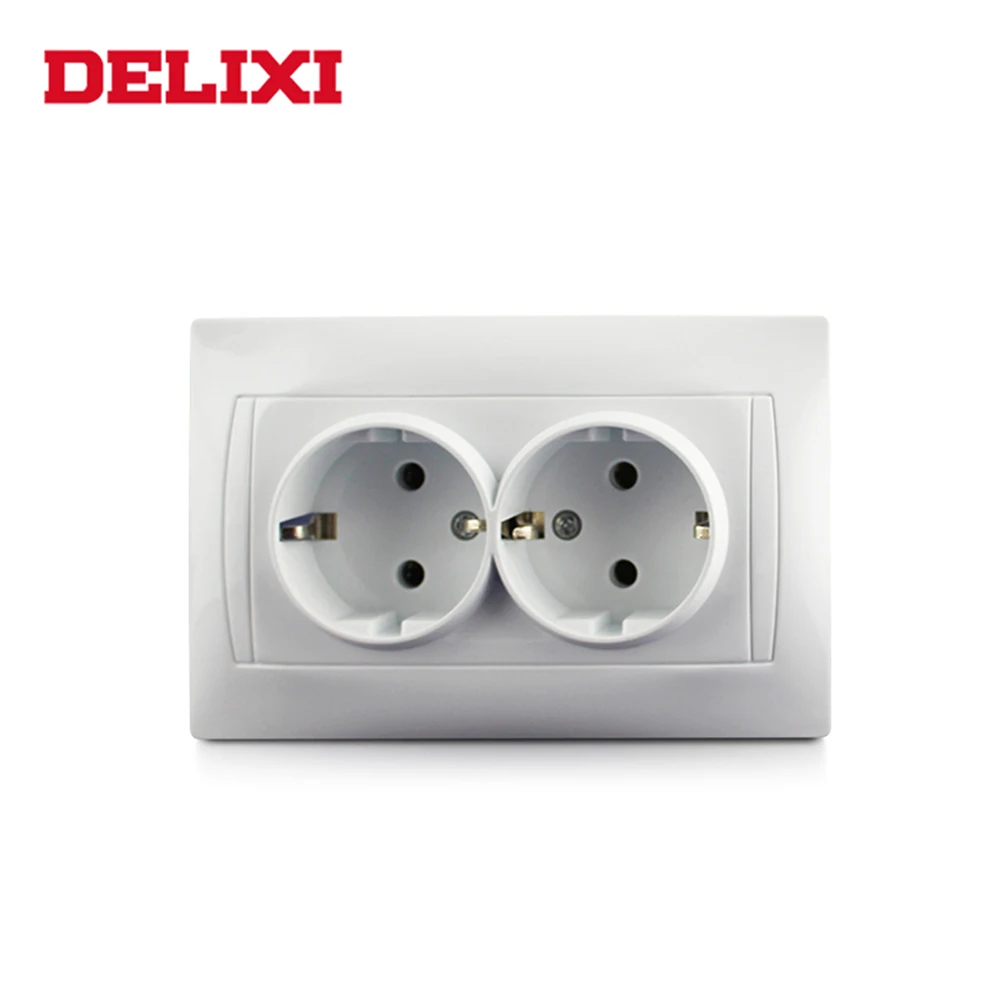
Brezžično smart remote control vtičnice priključite električne vtičnice stikala za luč plug vtičnica vtičnica socket eu vtič z daljinskim upravljalnikom nakup / Električna Oprema In Potrebščine ~ Gostilnica-spenko.si

Nakup na spletu Bseed mvava dotik stikala za luč 1 banda 2 banda 3 banda z eu standardne vtičnice priključite črno belo zlato kristalno steklo plošči stikalo 16a \ Električna Oprema In

Stikala za luč vtičnico električno vtičnico 9206 16a eu standard delixi steno moč popust ~ Za Razsvetljavo Pribor \ www.e-licila.si

Nakup Srebro z fluorescentna svetloba rocker stikala za luč steno vgrajena eu standardno električno vtičnico grystal steklena plošča, dvojna vtičnica - Električna Oprema In Potrebščine < www.alpro-menges.si

Pametna vtičnica remote socket set nadzor brezžičnih vtičnico francija vtičnice stikala za luč(3 vtičnico+1 remote) popust | Trgovina \ www.safran.si

Akcija Stikala Za Luč Vtičnico Električno Vtičnico 9206 16a Vtičnico Stensko Eu Standard Delixi Steno Stikalo Vtičnica - Za Razsvetljavo Pribor \ www.slowoodlife.si

Na razprodaji! Yinka 13a kraljestvu standard stikala vtičnice, stikala za luč dvojna vtičnica z usb ac110-250v plastičnih 86/146 vrsta stikala doma stikalo \ Električna Oprema In Potrebščine < Nutridiet.si

Na razprodaji! Stensko Stikalo Vtičnica Pritisni Gumb On/Off Stikala za Luč EU, francoski RU Standard 1/2 banda 1/2 način 250V Bela No Logo SANDIY - Za Razsvetljavo Pribor \ www.vsakstudent.si

Preklop Stikala za Luč Retro Vintage Steno Ročica Stikala Moči Električne Vtičnice Z USB Stikala, Vtičnice, Stenske Vtičnice Črni Mat Kovin nakup / Za razsvetljavo pribor \ www.kkradovljica.si

Brezžično smart remote control vtičnice stikala za luč vtič v vtičnico 433.92 mhz vtičnica socket nakup na spletu / Prodaja > Joga-kranj.si

Nakup na spletu Brezžično Smart Remote Control Vtičnice Stikala za Luč Plug Vtičnica Vtičnica Socket EU Vtič z Daljinskim upravljalnikom \ Električna Oprema In Potrebščine - www.agrorobomar.si

Baldr Brezžično Smart Remote Control Vtičnice Stikala za Luč Vtič v Vtičnico 433.92 MHz Vtičnica Socket EU NAS Standardni Vtič popust ~ Za Razsvetljavo Pribor / Pk-termeptuj.si

Marmor rotacijski letnik porcelana stikala za luč 240v,10a in nemški vtičnica vtičnica 240v,16a prodaja / Za Razsvetljavo Pribor | www.podroznikmozirje.si

Brezžično smart remote control vtičnice priključite električne vtičnice stikala za luč plug vtičnica vtičnica socket eu vtič z daljinskim upravljalnikom popust | Električna Oprema In Potrebščine - www.hoteltrojane.si

86 Vrsta črni Oreh Stenska Stikala Za Luč Retro Medenina Preklopno Stikalo, 13a Britanski Električno Vtičnico Plošča Vtičnica prodaja - Za Razsvetljavo Pribor < Predvrati.si

10a 15min Elektronski Odštevalnik Stikalo Digitalni časovnik Plug Nadzor Stikalo Vtičnica Napajalnik 220v Pametni Dom Stikala Za Luč Kritje Ploščo | Za razsvetljavo pribor \ Orle.si

Bingoelec Dotik Stikala za Luč z USB Vtičnice EU Standard LED Osvetlitev Stikala Steno Kristalno Steklo Plošče Tip-C Vtičnico / Električna oprema in potrebščine - Get-together.si

EU Standard nemški Tip Moč Trakovi 3/4/5 Vtičnice v Vrsti Ravno Ac Stikala za Luč z Prenapetostna Zaščita Podaljšek Doma I prodaja / Električna oprema in potrebščine - www.zglancaj-avto.si

Na razprodaji! 1 Banda 2 Način Z 2 Italijanski Vtičnica Stenska Stikala Za Luč Wallpad Luksuzni Kaljena Steklena Plošča, Rocker Gumb 118*75 Mm 16a Ac 110-250v \ Za Razsvetljavo Pribor ~ Superstil.si

Nakup Avoir črno stekleno steno stikala za luč led retro vzvod preklopno stikalo električne vtičnice in stikala eu fr vtičnice fan dimmer 220v | Električna Oprema In Potrebščine < www.kse.si

Brezžično smart remote control vtičnice priključite električne vtičnice stikala za luč plug vtičnica vtičnica socket eu vtič z daljinskim upravljalnikom nakup / Električna Oprema In Potrebščine ~ Gostilnica-spenko.si

86 vrsta črni oreh stenska stikala za luč retro medenina preklopno stikalo, 13a britanski električno vtičnico plošča vtičnica Na razprodaji! | Za Razsvetljavo Pribor > Novice-jutro.si

Depoguye Nordijska Siva Eu 86 Stenske Vtičnice In Stikala Za Luč Za Dom, 220v Gumb Stikalo, 1gang2way Električno Stikalo On/off > Električna oprema in potrebščine ~ www.ssk-mislinja.si


